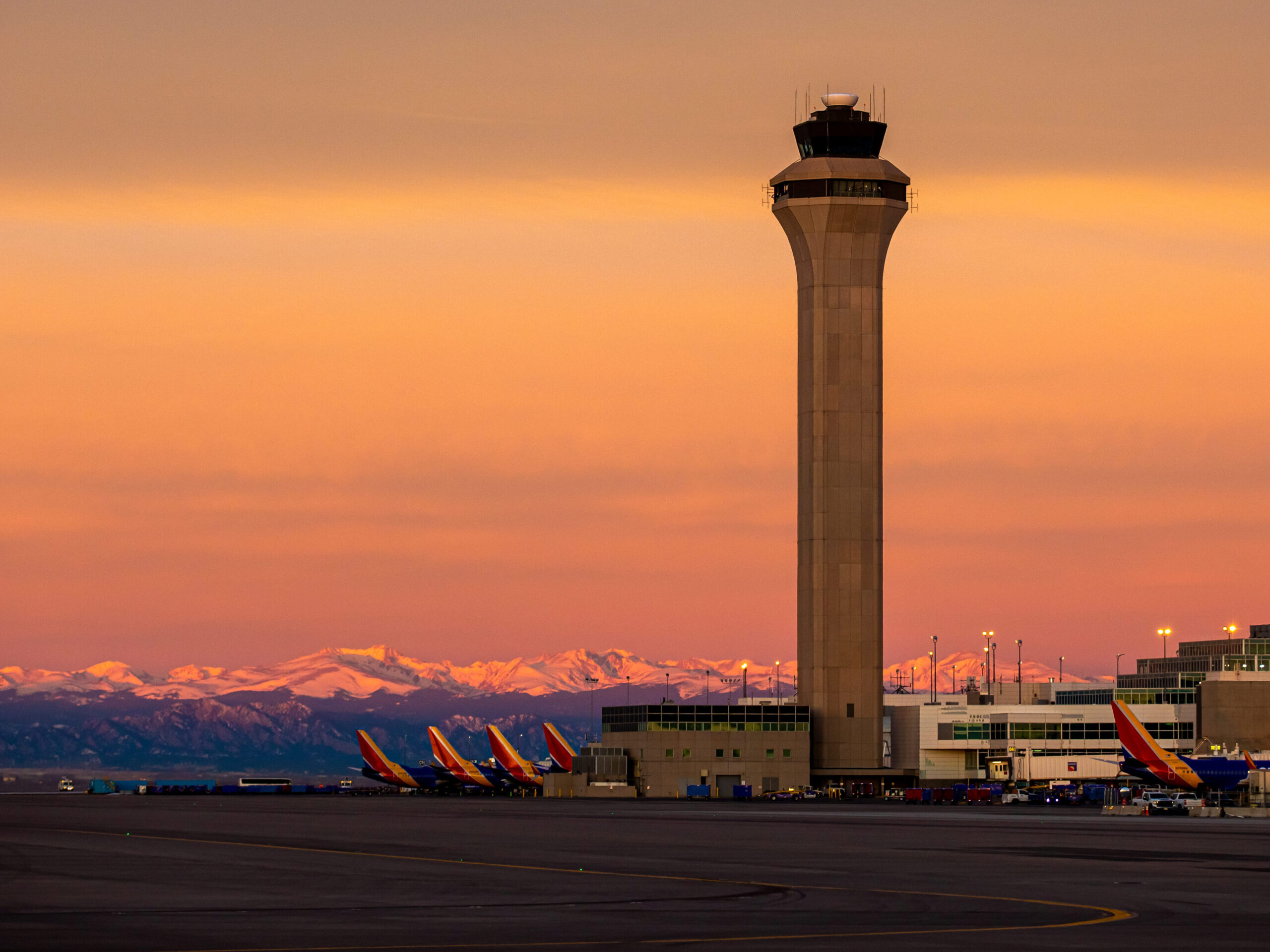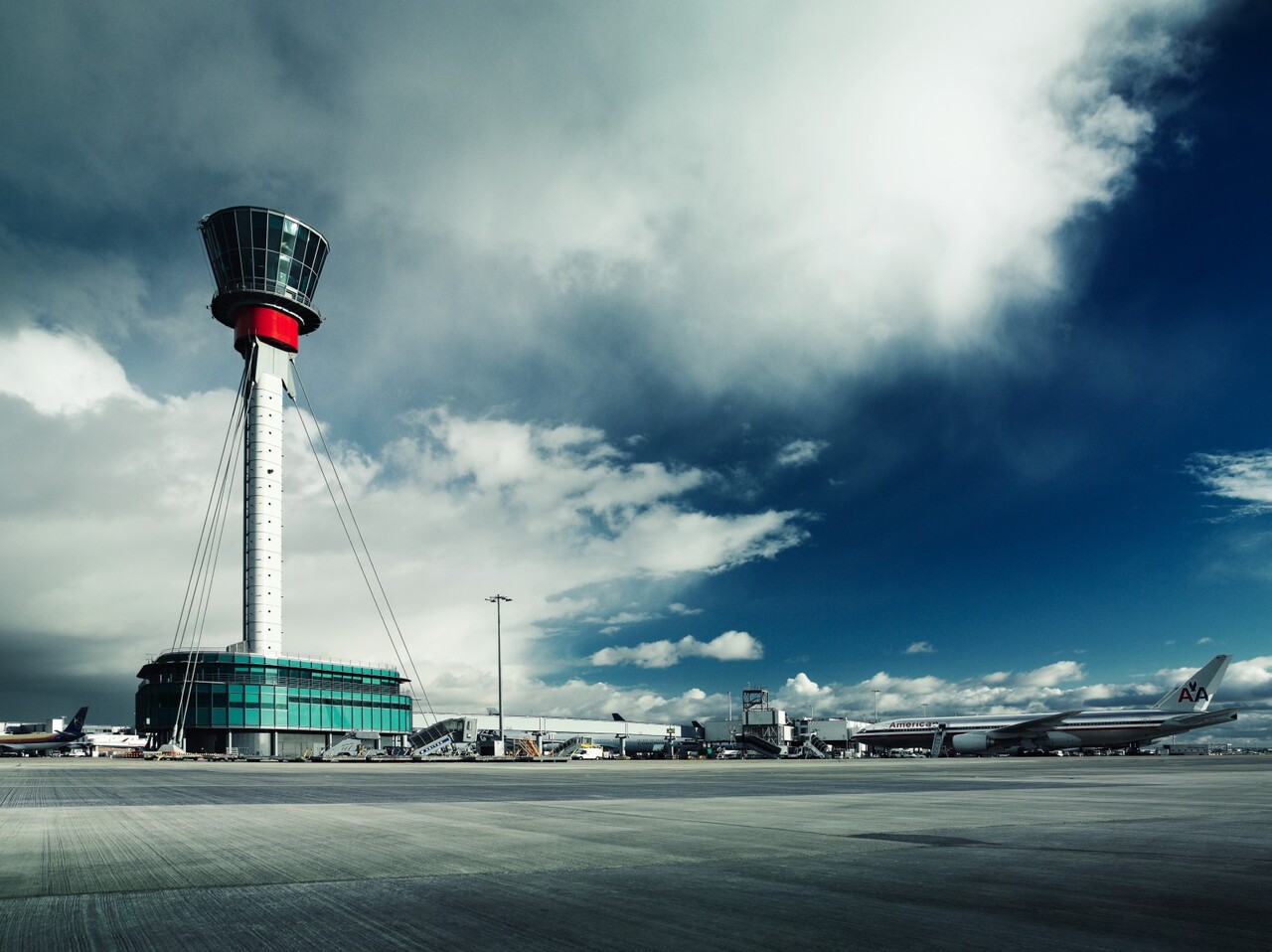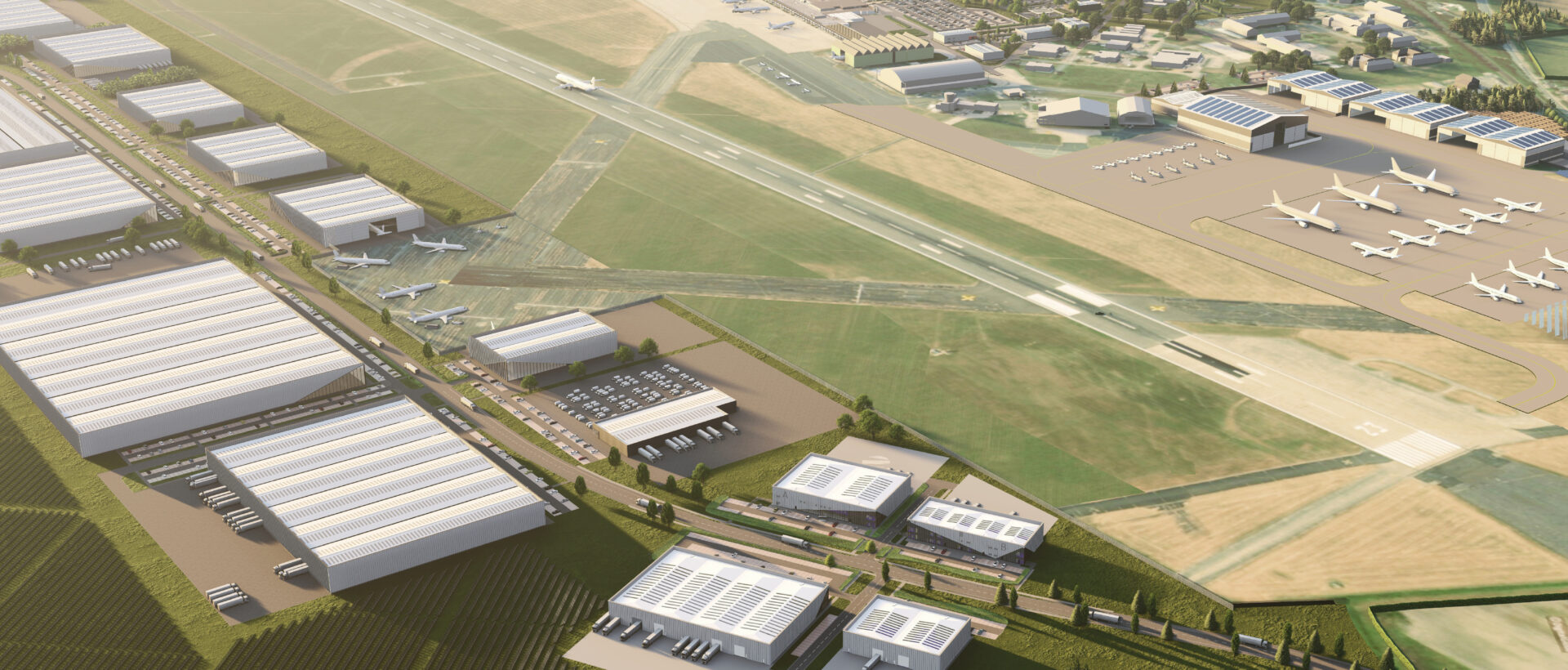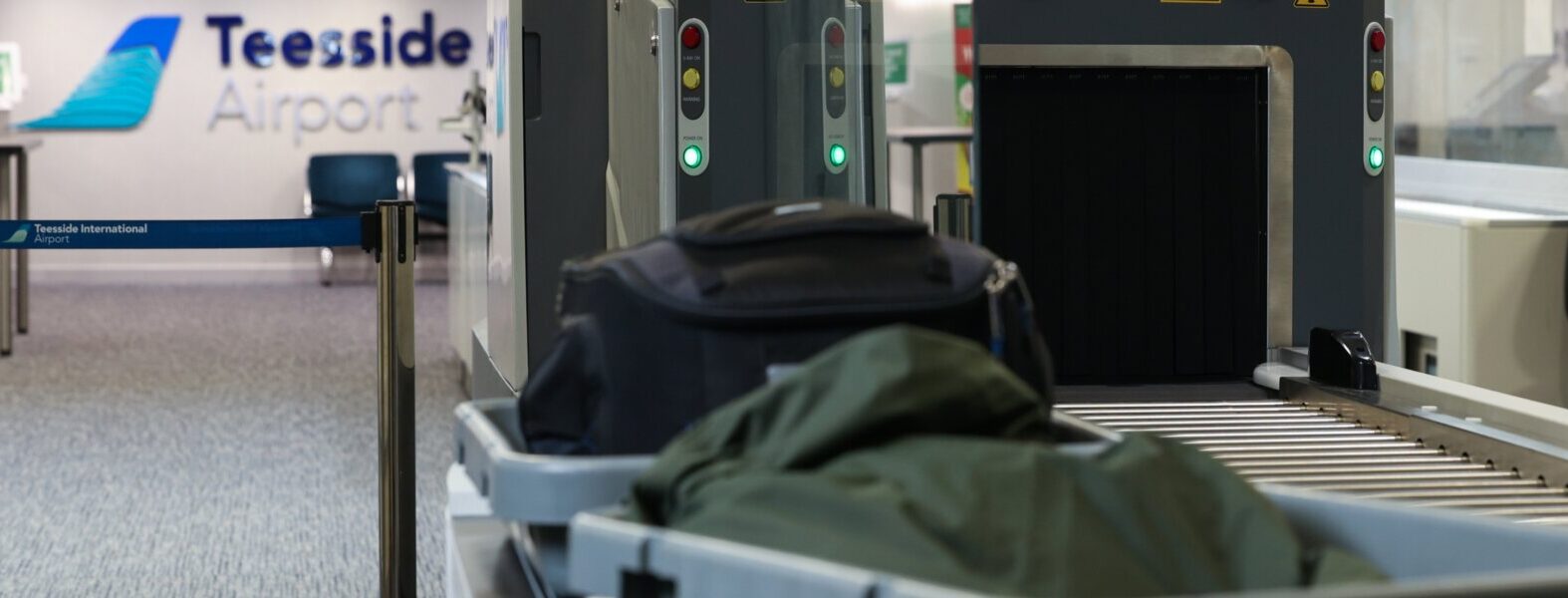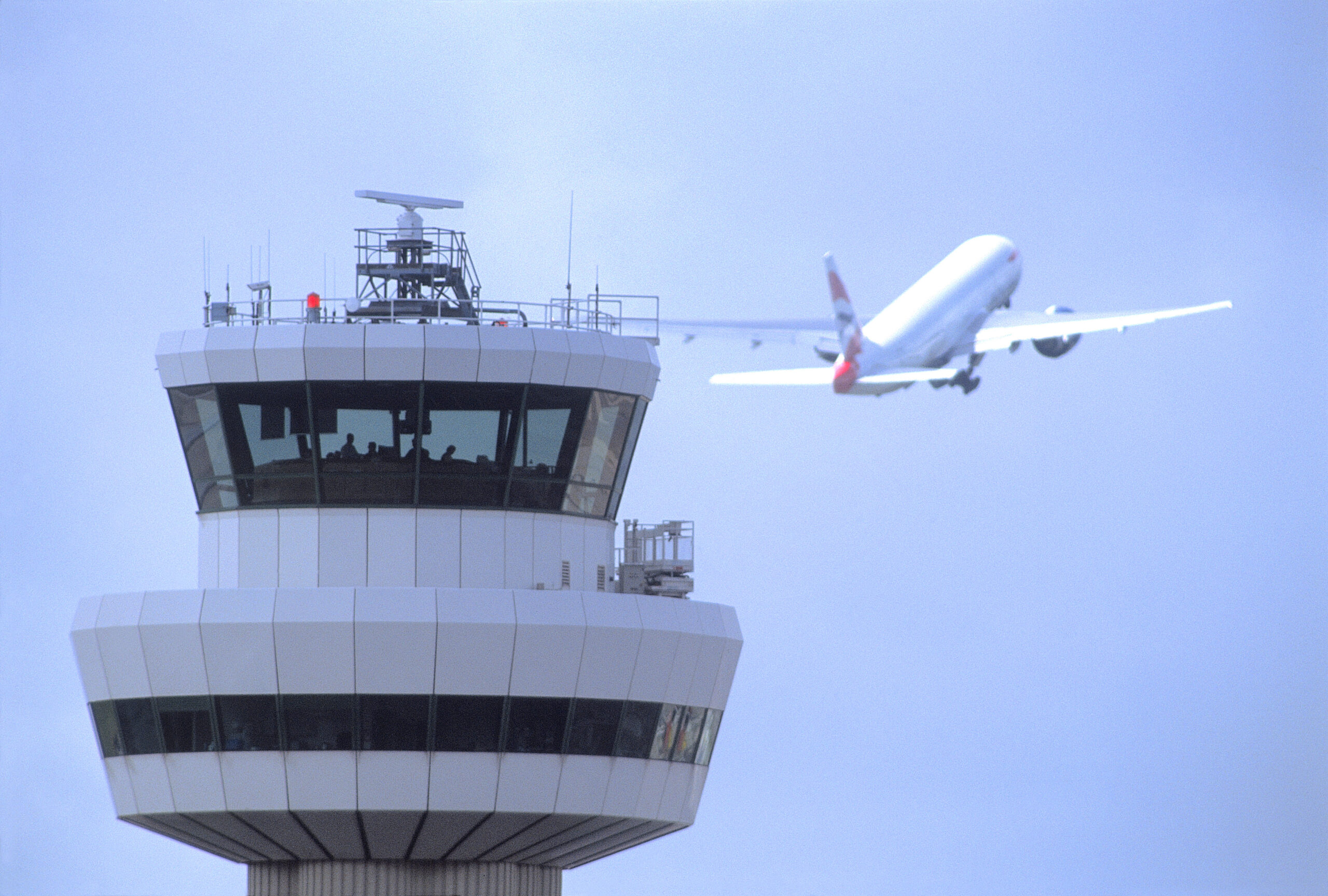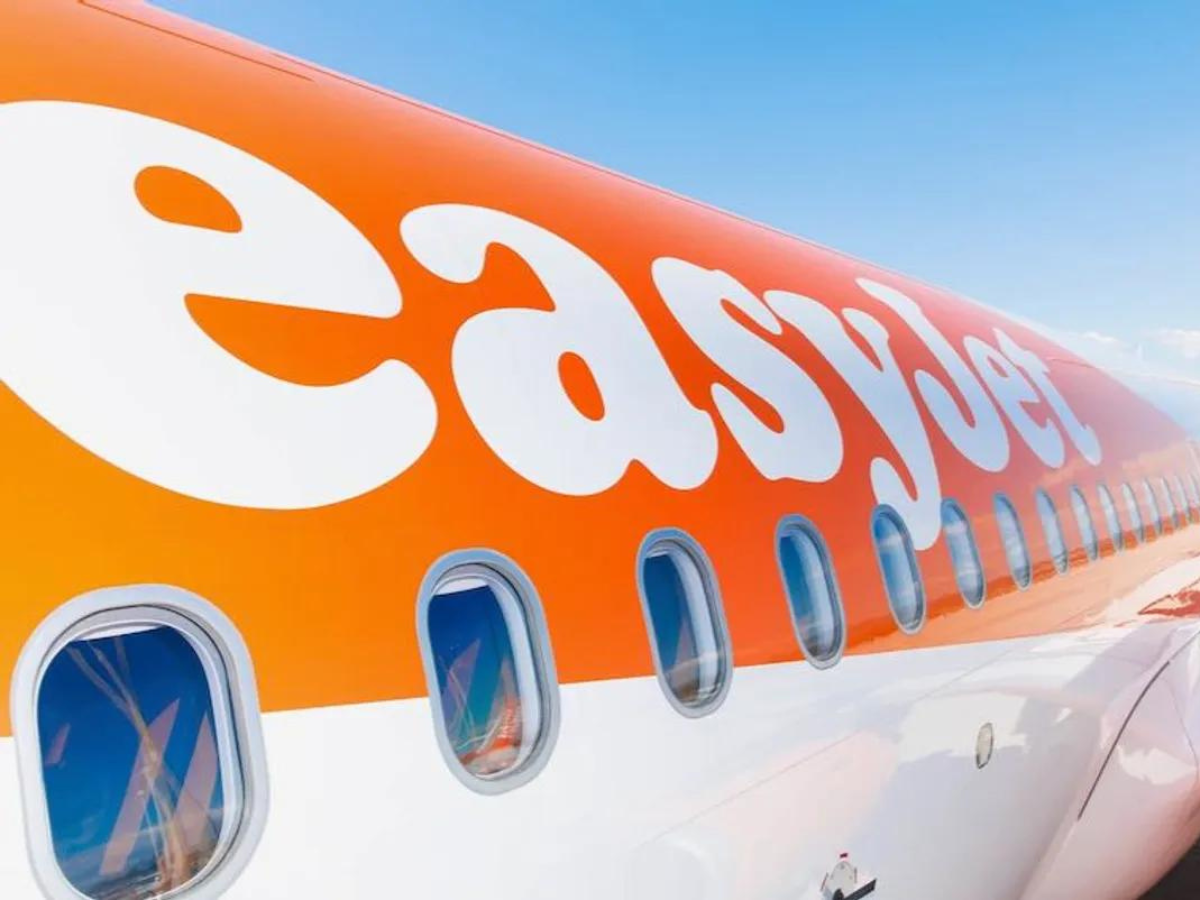NATS has developed technology for London Heathrow Airport (LHR) to measure and prioritise the environmental performance of arriving flights.
The Demand Capacity Balancer (DCB) technology is a digital twin that predicts and models operational performance in near real-time.
It has been in operation at Heathrow since 2015, allowing the airport to assess factors that impact on-time performance. This includes the strength of global winds and the location of airspace restrictions. By simulating thousands of potential scenarios, Heathrow can ensure it’s working to the optimum operational plan.
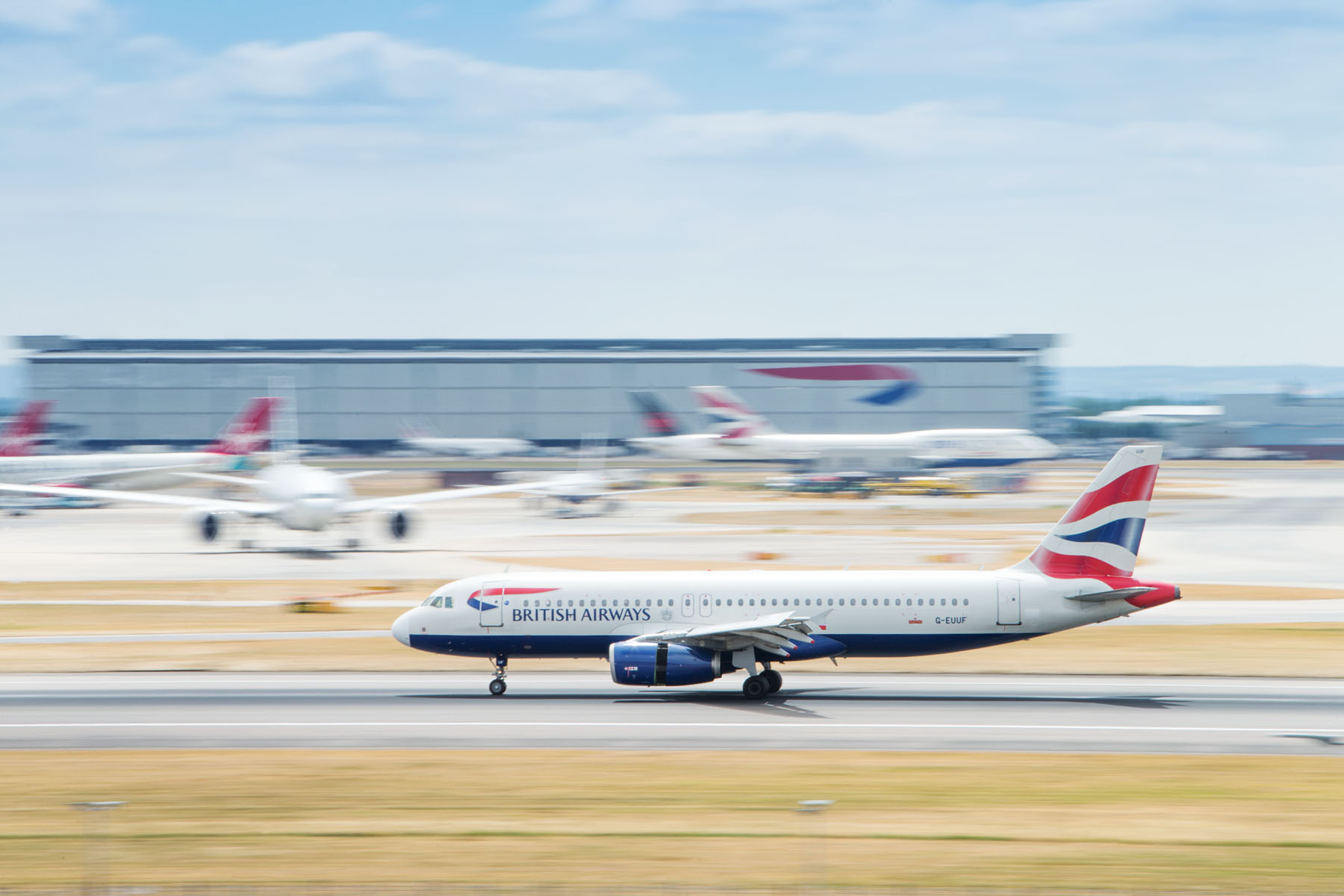
Previously focused on enhancing punctuality and reducing delays, the technology has helped save 47,000 minutes annually, equivalent to 4.1 million GBP in savings. This same analytical power is now being used to reduce emissions.
Guy Adams, Managing Director of NATS Services, said:Demand Capacity Balancer is a proven success at Heathrow, helping save several millions of pounds a year by reducing delay, so it makes perfect sense to harness that same analytical technology to include environmental performance. No other airport in the world has this capability, and NATS is proud to be supporting Heathrow’s ambition.
By advising small changes, NATS expects the technology to save up to 30,000 tonnes of CO2 each year.
This could include requesting minor speed adjustments from aircraft at any point on their journey using DCB’s target time of arrival functionality, which is set to be trialled from early 2025.
Kelly Stone, Head of Airport Operations, Heathrow said:It is fantastic to see the Demand Capacity Balancer’s use extended to environmental performance. Small incremental steps like this are vital to reduce ‘in the air’ emissions to reach Heathrow’s goal of net zero by 2050. I am grateful for NATS’ ongoing commitment in bringing world-first technology to Heathrow helping us be an extraordinary airport, fit for the future.




